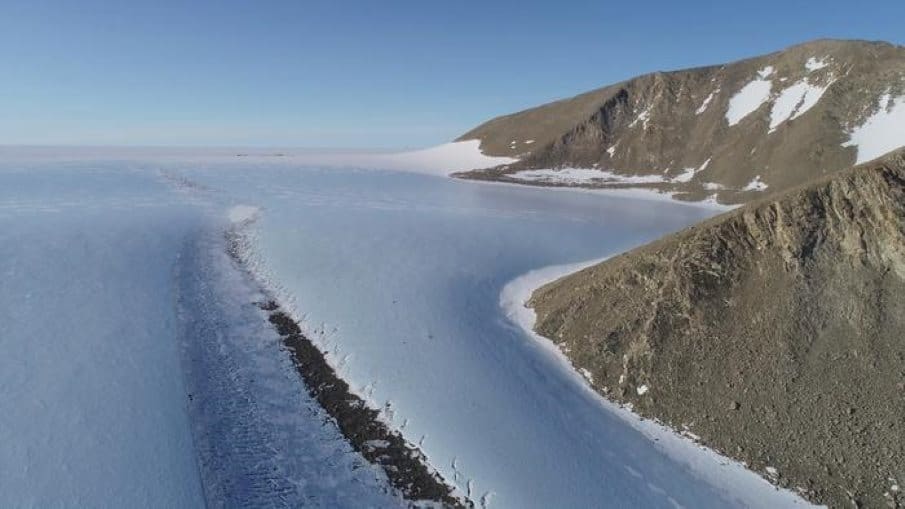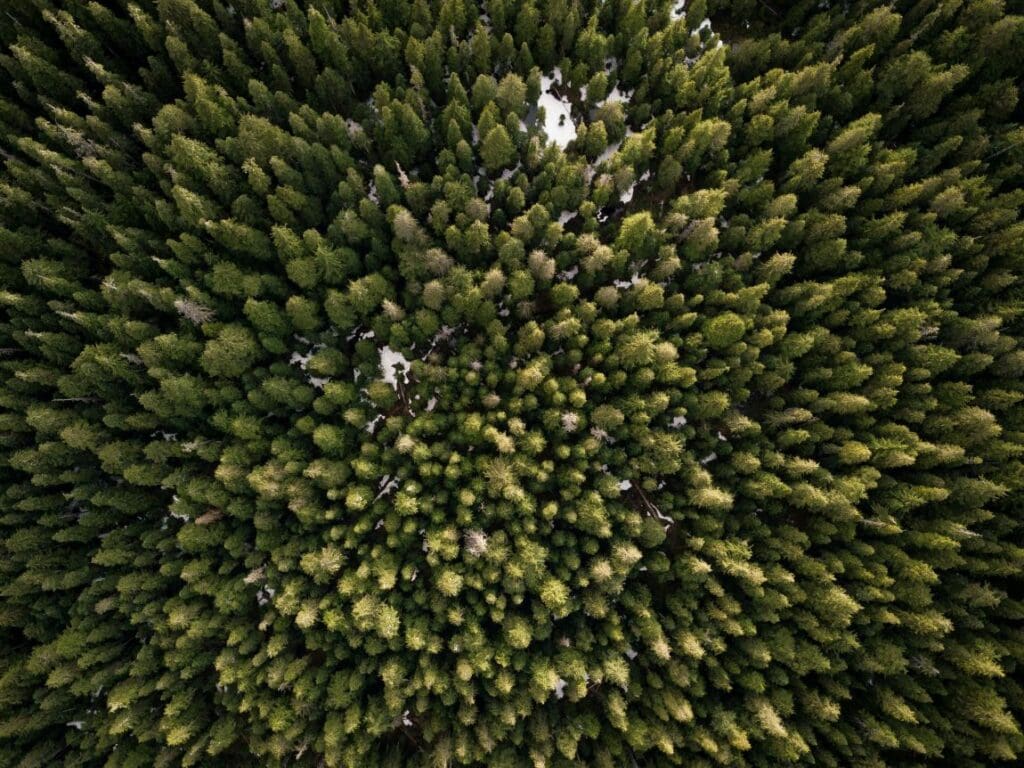Summary:
A growing body of evidence points to an unexpected link between Antarctica’s exposed mountain peaks and the nutrient balance of the Southern Ocean. In research published in Nature Communications, a team led by Northumbria University investigated how iron-rich sediments from the Sør Rondane Mountains in East Antarctica may contribute to long-term carbon absorption in surrounding waters. The researchers analysed samples from several types of ice-free features, including nunataks – isolated mountain summits that protrude through the ice – along with lateral moraines and blue ice areas. These locations contained iron concentrations far higher than previous estimates for the region.
Weathering on dark, exposed rock surfaces produces iron compounds that glaciers and icebergs later transport towards the coast. Once released into the ocean, this iron supports phytoplankton growth, allowing these microscopic organisms to draw carbon dioxide from the atmosphere through photosynthesis. Satellite observations show recurring phytoplankton blooms near nearby glacier outlets, illustrating the ecological relevance of this natural nutrient supply.
Modelling indicates that it can take between 10,000 and 100,000 years for mountain sediments to reach the sea, yet seafloor records confirm that this process has been active for millennia. As warming exposes more bedrock and increases sediment production, these systems may shape the Southern Ocean’s carbon uptake over long timescales.

Antarctic mountains could boost ocean carbon absorption as ice sheets thin
As Antarctica’s ice sheets thin due to climate change, newly exposed mountain peaks could significantly increase the supply of vital nutrients to the Southern Ocean which surrounds the continent, potentially enhancing its ability to absorb atmospheric carbon dioxide, according to the research published in Nature Communications.
A team of scientists with expertise in oceanography, ice sheet modelling and geochemistry contributed to the study which looked at analysis of sediment samples from East Antarctica’s Sør Rondane Mountains. They discovered that weathered rocks exposed above the ice surface contain iron concentrations up to ten times higher than previously reported from the Antarctic continent. This bioavailable iron is transported to the ocean by glaciers and icebergs, where it fuels the growth of phytoplankton – microscopic marine organisms that absorb CO₂ through photosynthesis.
The study found that sediments from mountain peaks protruding through the ice – known as nunataks – had over three times more extractable iron compared to sediments already being transported by glaciers. Some visibly rust-stained rock samples showed particularly elevated iron levels, suggesting that weathering processes on exposed surfaces create especially nutrient-rich material.
“Our results show that exposed bedrock in Antarctica acts like an iron factory,” explained Dr Kate Winter, Associate Professor in the School of Geography and Natural Sciences at Northumbria University and lead author of the research paper. “Even though air temperatures rarely rise above freezing, sunlight can heat dark rock surfaces above 20 °C in summer, creating the conditions needed for weathering and the formation of bioavailable iron compounds.”

Dr Winter has travelled to Antarctica on fieldwork several times in recent years and has been supported by a Baillet Latour Antarctica Fellowship – a joint initiative of the Baillet Latour Fund and the International Polar Foundation (IPF). It provides scientists with the opportunity to conduct original research in East Antarctica’s cutting-edge Princess Elisabeth Antarctica research station.
Satellite observations confirm that coastal waters near to glacier outlets in the study region experience recurring phytoplankton blooms, demonstrating the biological importance of this natural iron delivery system. The blooms contribute to the Southern Ocean’s role as a major carbon sink, absorbing atmospheric CO₂.
Dr Winter added: “The exciting thing is that we can take some hope from these findings because we know that carbon dioxide is a really important factor in climate change. From our research we now know that sediments from the Antarctic continent could help to draw down atmospheric carbon dioxide into the ocean. Whilst our study area is limited to one glacier system, what we need to understand is the potential impact of these many small amounts being drawn down together across the whole of Antarctica. Piecing together information to gather an accurate picture of how much these natural systems are working to reduce the amount of carbon in the atmosphere is crucial.”
However the research team, which includes scientists from the universities of Newcastle, Swansea, Plymouth, Edinburgh and Leeds, caution that there is a significant time lag in this process. Using ice flow models, they calculated that it takes between 10,000 and 100,000 years for iron-rich sediments collected in the mountains to reach the coast via glacial transport.
Dr Sian Henley, a marine scientist from the School of GeoSciences at the University of Edinburgh explained: “While the sediments we examine in the mountains today will take a long time to reach the ocean, we know from seafloor surveys that iron-rich sediments have been delivered to the coast for millennia, so the processes we record today give us a glimpse into changes we might expect to see in the future, as glaciers thin and more mountain surfaces are exposed in Antarctica.”
The study suggests that as temperatures continue to rise, several factors will increase iron delivery to the Southern Ocean:
- More mountain peaks will emerge as ice sheets thin;
- Increased rock slope failures will deliver more sediment to glaciers;
- Enhanced weathering will produce more bioavailable iron compounds;
- Icebergs carrying this iron-rich sediment will distribute nutrients across vast ocean areas.
The research provides important insights into how Antarctica’s extreme environment connects with ocean ecosystems and the global carbon cycle. It also offers a glimpse into how this system may evolve as climate change continues to reshape the continent.
Journal Reference:
Winter, K., Woodward, J., Dunning, S.A. et al., ‘Thinning Antarctic glaciers expose high-altitude nunataks delivering more bioavailable iron to the Southern Ocean’, Nature Communications 16, 9994 (2025). DOI: 10.1038/s41467-025-65714-y
Article Source:
Press Release/Material by Northumbria University
Featured image: The Princess Elisabeth Antarctic Research Station is conveniently situated next to coastal margin mountains in East Antarctica. (drone footage) Credit: Dr Kate Winter




